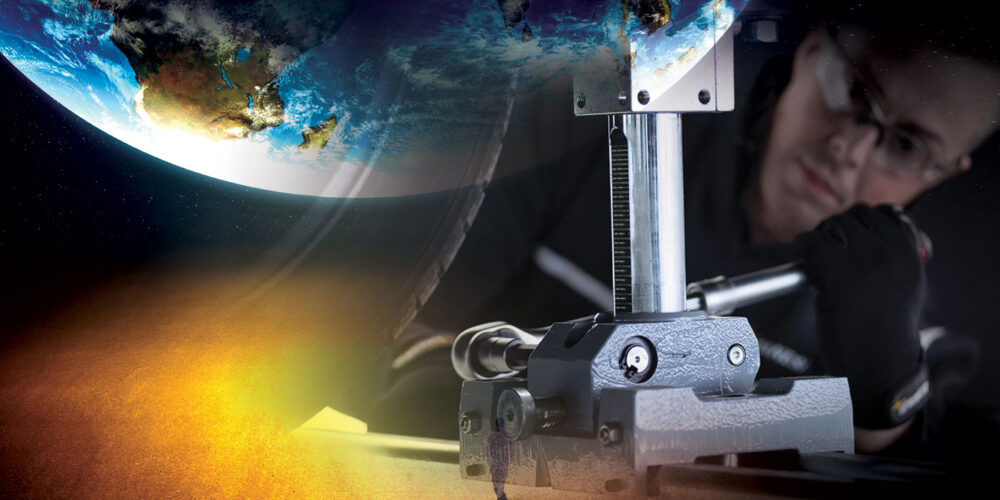Measuring. It seems like a pain in the butt and only necessary on certain occasions; plus there’s the added aspect of, “Will the insurer pay me for this?” Of course, that last part should never be a factor in not doing a proper repair, but we know it is often considered.
Measuring a vehicle is more important today than it ever has been. Tolerances are much tighter today than in vehicles of the past. Also, vehicles are designed and built with more safety in mind. New materials they’re made of and crumple zones engineered to transfer energy away from the occupant lead to damage appearing in places it never used to or you wouldn’t expect.
Advanced driver-assistance systems (ADAS) have thrown us another curveball today. Even a small front bumper job could have deflection in the reinforcement or radiator core support. You might think a light hit wouldn’t justify measuring, but while a very small amount of movement may not seem like a big deal, if an ADAS sensor was mounted to either of those parts, it could now be giving inaccurate data to different modules in the vehicle.
These systems are getting faster, more accurate and better, with tolerances being more precise than ever. These same systems are also taking over more and more of the vehicle’s control. The difference between a functioning and unresponsive system could be the difference of a couple of millimeters at a sensor mounting location. Forward-facing radar sensors or cameras that send vital information to a collision mitigation system could be far less effective, especially as speeds increase. More often than not, these sensors and cameras mount to brackets, which then mount to parts of the vehicle structure. For the best results, you need that structure to be as close to what it was when it left the factory when the ADAS systems were initially calibrated.
New equipment and technology today allow technicians to repair structural damage in today’s vehicles faster and more safely. Units are more mobile, and you can set up and measure in minutes. Measuring can be done more quickly and accurately so repairers can start — and complete — repairs faster than ever before. Different systems use lasers, robotic arms or 3-D images to measure different structures or mechanical parts of a vehicle very quickly to determine if damage is present. These different systems are very user-friendly, but proper training by the equipment manufacturer can greatly improve a technician’s understanding of the equipment. It’s also important for technicians to get proper training on vehicle structure design and 3-D measuring theory to better understand what the equipment is reading and how to return the vehicle to proper dimensions.
Experts advise to measure every vehicle that comes into the shop. Start with a tape measure or tram bar to do comparative measurements, and see if there is a need to further measure with a computerized or electronic 3-D measuring system. Now, even a small front bumper job could have deflection in the reinforcement or radiator core support. Today’s tools and devices also help with documentation of the damage and are more accurate than the technician’s eye. Additionally, having documentation from before repairs begin and after the vehicle dimensions are restored is so important to keep on file and for future reference, if needed.














